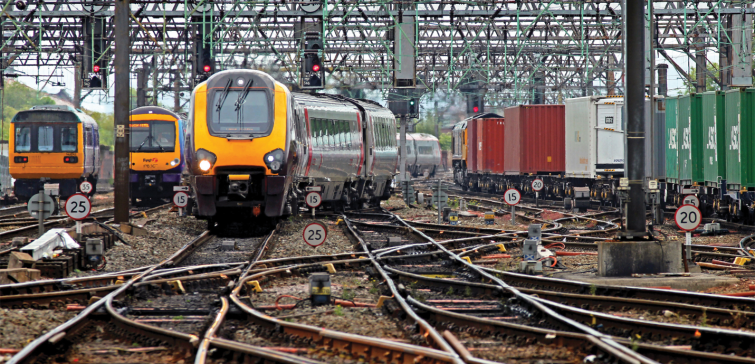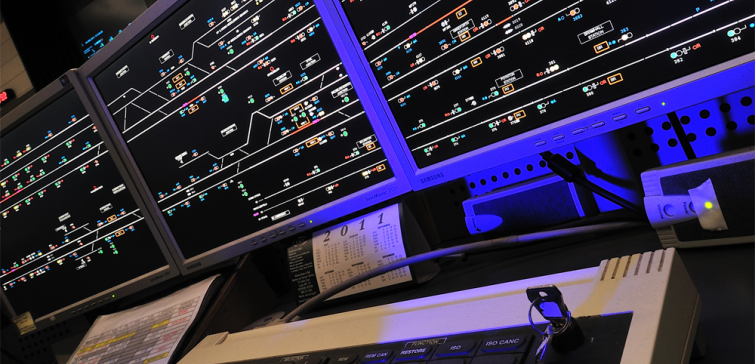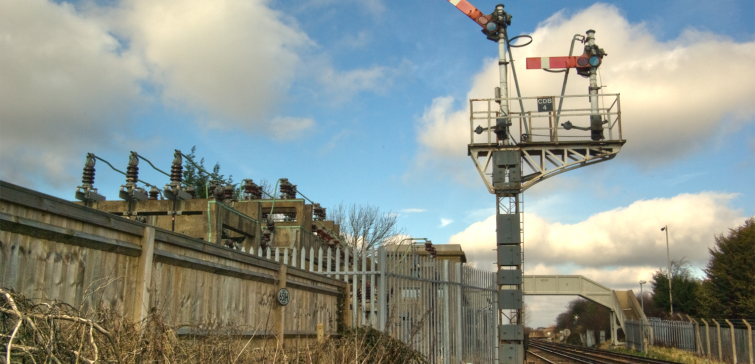Simulation Modelling
Accurate modelling of the operational reliability and capacity of your rail network is required to assess the impact of timetable changes, infrastructure changes, reduced capacity, maintenance, enhancements and many other factors. Systems modelling can provide the mechanism for developing appropriate evidence to inform key investment decisions.
Simulation Modelling
Unique challenges associated with simulation modelling include the creation of reliable analysis that provides systems assurance for planned changes to infrastructure or service levels. Consequently, a key requirement is the ability to use an array of modelling methods ranging from static analysis, dynamic simulation and increasingly detailed modelling through to the deployment of formal optimization methods.
Simulation Modelling
Our access to detailed knowledge of how existing networks perform as well as our appreciation of what the future may hold in terms of technological solutions, allows us to provide real insight into the range of current challenges faced by railway networks as well as the technologies and solutions being adopted to overcome them.
We can assess your service requirements and match these
to current and planned future infrastructure and signalling capacity, via a series of iterative simulation models. Disruptive events can also be modelled in order to assess system recovery capability. This will give a baseline for modelling interventions and future scenarios.
- assessing the signalling system capacity to establish whether it is capable of operating the required service frequency
- assessing electrification, infrastructure and layout capacity
- identifying safety risks inherent within a proposed rail system
- establishing whole life-cycle infrastructure costs after maintenance frequencies have been taken into consideration
- commencing initial timetable iterations in order to assess how best to meet passenger demand, diagram services and identify both train and passenger ‘pinch points’
- assessing passenger access/egress from trains and through stations using ‘pedestrian flow’ modeling tools.









